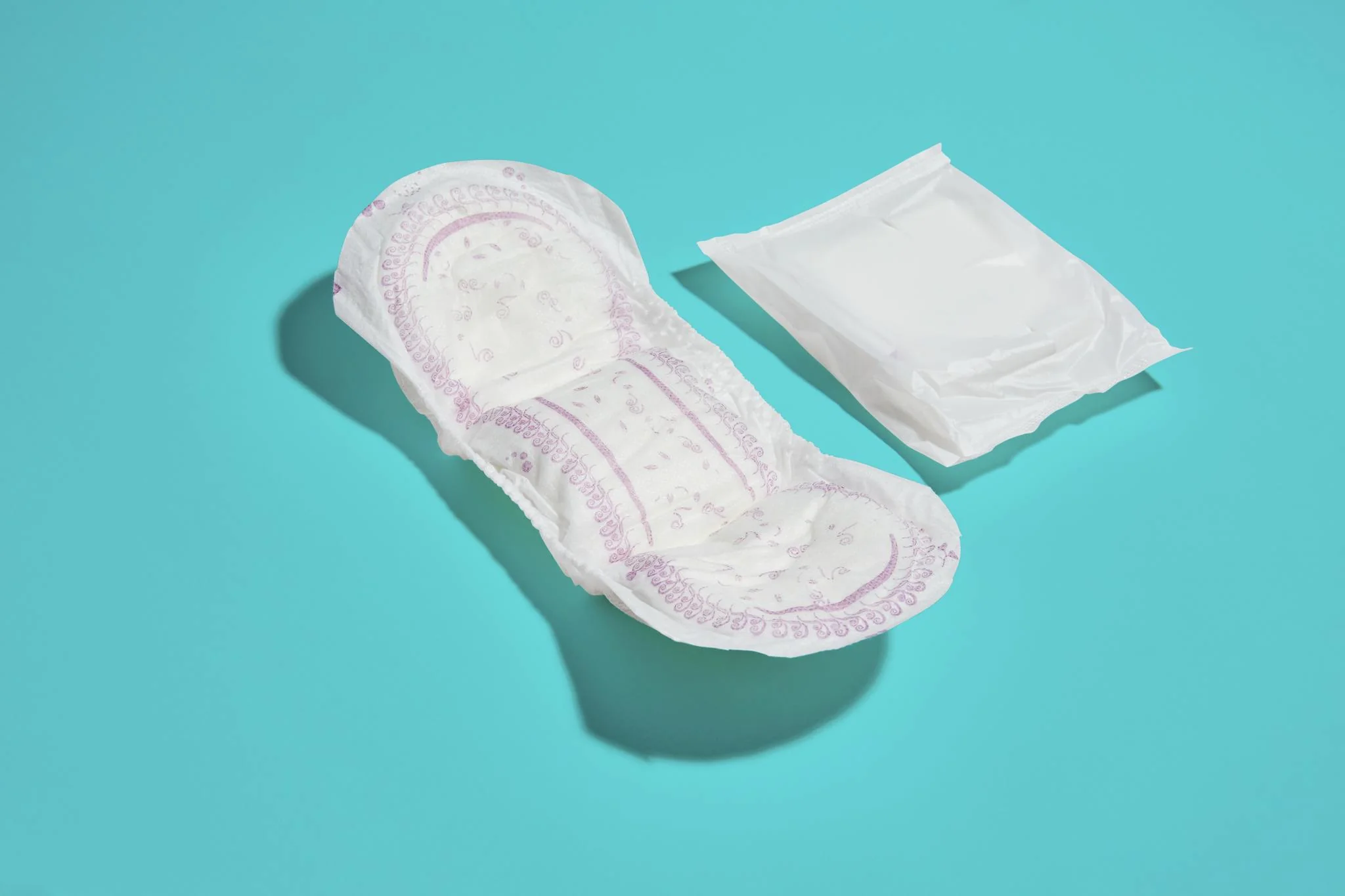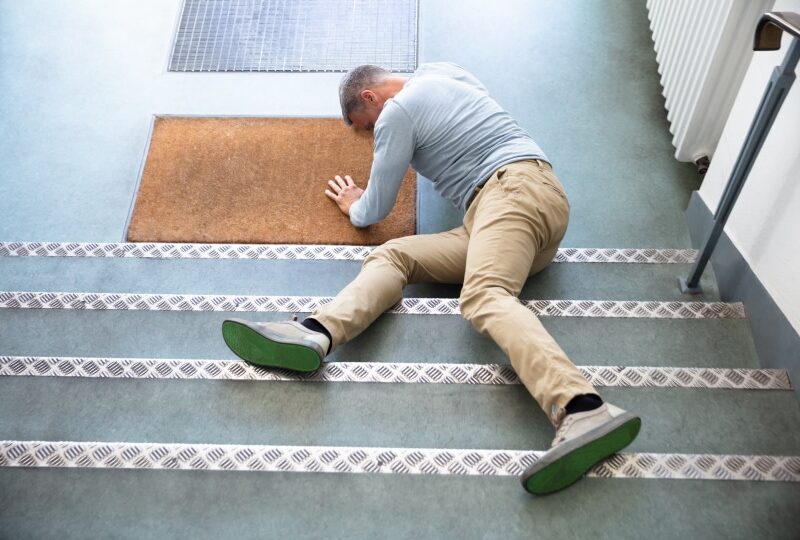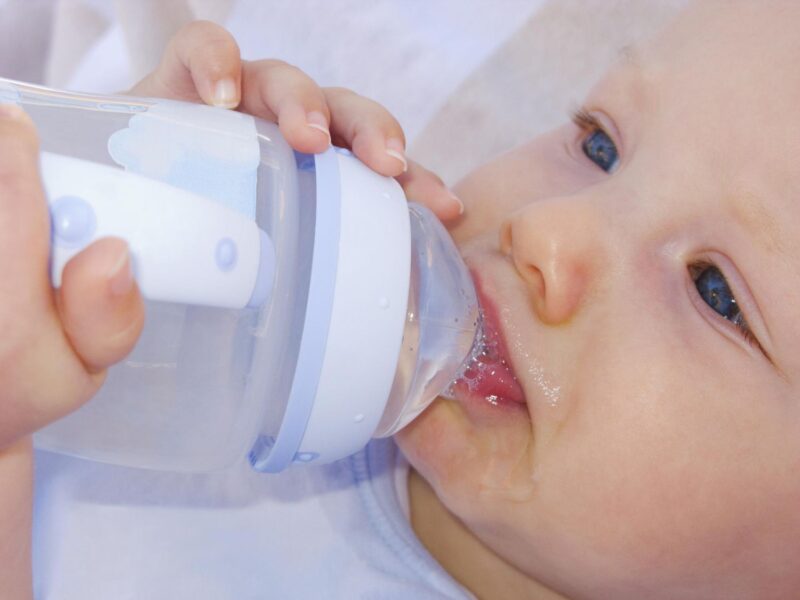No, period pads are not designed to hold pee. Period pads are specifically crafted to absorb menstrual blood and have a limited capacity for holding liquid. While they may provide minimal absorption for small amounts of urine, they are not effective or reliable for managing urinary incontinence.
For urine absorption, it’s advisable to use products designed specifically for that purpose, such as adult diapers or incontinence pads. Choosing the right product is essential for comfort and effectiveness.
If dealing with urinary incontinence, consider alternatives designed for urine management to ensure better protection and peace of mind.
What is the Purpose of Period Pads?
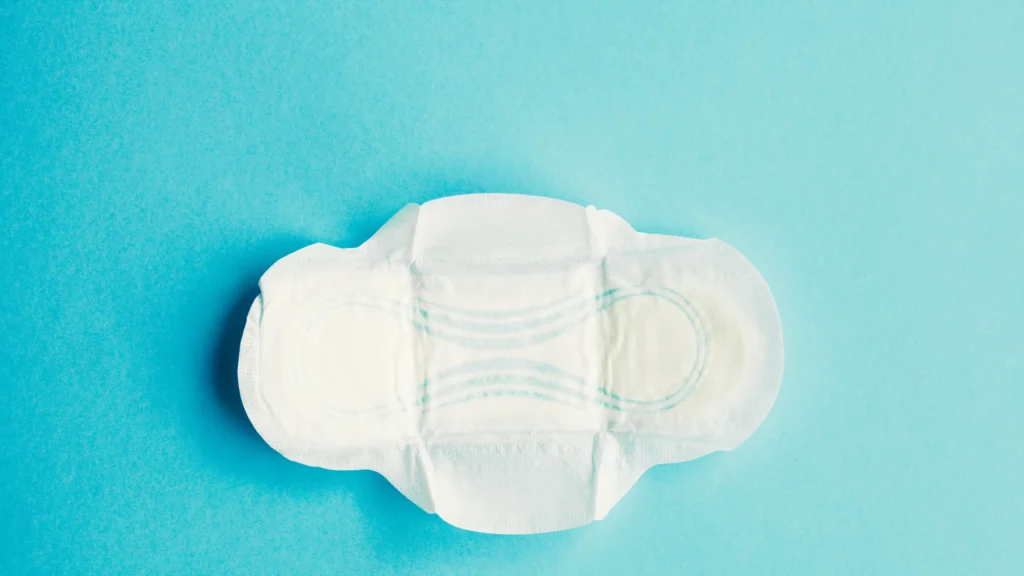
Period pads serve a crucial role in women’s menstrual hygiene by effectively managing menstrual flow. The primary purpose is to absorb and contain menstrual blood, providing comfort and preventing leaks.
These pads are designed to offer a practical and discreet solution, allowing women to go about their daily activities without disruptions during their menstrual cycle.
Additionally, period pads contribute to maintaining cleanliness and hygiene, reducing the risk of skin irritation and discomfort associated with menstrual blood exposure.
Composition and Design of Period Pads
Period pads are typically composed of layers of absorbent material, such as cotton, cellulose, or a combination of materials. Cotton, known for its softness and absorbency, is a common choice to enhance comfort.
To prevent leaks and ensure protection, period pads include a moisture-proof layer, often made of polyethylene or a similar material. This layer acts as a barrier, preventing menstrual blood from permeating through the pad onto clothing.
Most period pads have an adhesive backing to securely attach the pad to the underwear. This adhesive ensures that the pad stays in place during movement, providing stability and preventing shifting.
Some pads come with wings, which are flaps that fold over the sides of underwear. Wings add an extra layer of protection by preventing side leaks and keeping the pad securely in place.
Period pads are available in various sizes and absorbency levels to cater to different flow intensities and personal preferences. This variety allows individuals to choose the most suitable pad for their specific needs.
How are period pads designed to absorb menstrual blood?
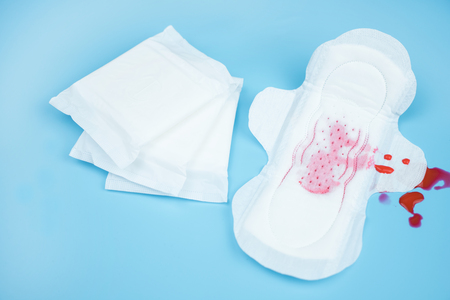
Period pads are intricately designed to efficiently absorb menstrual blood while providing comfort and leak protection. The absorption process involves several key features in the design
Absorbent Core
The core of the period pad contains materials with high absorbency, such as cotton, cellulose, or superabsorbent polymers. These materials quickly draw in and trap menstrual fluid away from the surface, keeping the top layer dry.
Wicking Layer
Positioned next to the body, the wicking layer promotes the movement of menstrual fluid away from the body’s surface. This layer facilitates absorption and ensures that the pad remains dry and comfortable against the skin.
Distribution Channels
Some pads incorporate distribution channels within the absorbent core. These channels help evenly distribute menstrual fluid across the pad, preventing saturation in one area and enhancing overall absorption capacity.
Moisture-Proof Barrier
The bottom layer of the pad, often made of polyethylene or a similar material, acts as a moisture-proof barrier. This layer prevents absorbed menstrual fluid from leaking onto clothing or underwear.
Adhesive Backing
The adhesive backing on the underside of the pad ensures it stays securely attached to underwear. This prevents shifting and maintains proper positioning for effective absorption.
Wings (Optional)
Pads with wings have additional flaps on the sides that fold over the edges of underwear. Wings help secure the pad in place, preventing side leaks and enhancing overall protection.
Can Period Pads Hold Pee?
Period pads are primarily designed for absorbing and containing menstrual blood, and they are not intended to effectively hold or manage urine.
The composition and design of period pads focus on the characteristics of menstrual flow, which differs significantly from urine in terms of volume and consistency.
While period pads may offer minimal absorption for small amounts of urine, relying on them for urine management is not recommended.
Limitations of Period Pads in Managing Urine
Limited Absorbency
Period pads have a limited capacity to absorb and hold liquid compared to products designed specifically for urine absorption. Urine is more fluid and is expelled in larger quantities than menstrual blood, exceeding the absorbent capacity of typical period pads.
Risk of Leaks
Due to their design for menstrual flow, period pads may be less effective in preventing leaks when used for urine. The moisture-proof barrier and distribution channels that work well for menstrual fluid may not provide sufficient protection against the rapid flow of urine.
Discomfort and Irritation
Using period pads for urine management may result in discomfort and skin irritation. The materials and layers in period pads are optimized for the characteristics of menstrual blood, and prolonged exposure to urine may lead to a less comfortable experience.
Odor Concerns
Urine has distinct odor characteristics that are different from menstrual blood. Period pads may not have the same odor-controlling features as products designed for urinary incontinence, potentially causing odor-related concerns.
Choosing the Right Products for Urinary Management
For individuals dealing with urinary incontinence or seeking protection against urine leaks, it is advisable to use products explicitly designed for urine absorption.
Adult diapers, incontinence pads, or liners are better equipped to handle the unique challenges posed by urine. These products offer higher absorbency, better leak protection, and features tailored to the specific needs of managing urinary incontinence.
What Are The Alternatives for Managing Pee?
For managing pee, consider alternatives like adult diapers or incontinence pads designed specifically for urine absorption. These products offer effective protection against leaks and come in various sizes to suit individual needs.
Introduce Products Designed for Urine Absorption
Adult Diapers
Adult diapers, also known as incontinence diapers or briefs, are designed to provide comprehensive protection against urine leaks. They are available in various sizes and absorbency levels to suit individual needs.
Modern adult diapers often feature advanced materials and technologies to enhance comfort, absorbency, and odor control.
Incontinence Pads/Liners
Incontinence pads or liners are specifically designed for managing light to moderate urinary incontinence. They are smaller, thinner, and more discreet than adult diapers.
These products are suitable for individuals who may not require the full coverage of adult diapers but still need reliable protection against urine leaks.
Underwear with Built-in Absorbency
Some brands offer underwear with built-in absorbent layers, providing a discreet and comfortable solution for managing urinary incontinence. These products mimic regular underwear while offering additional protection.
Bed Pads and Furniture Protectors
For nighttime incontinence or protection of furniture and bedding, disposable or washable bed pads are available. These pads are placed on beds or chairs to absorb urine and protect surfaces.
Tips for Managing Urinary Incontinence
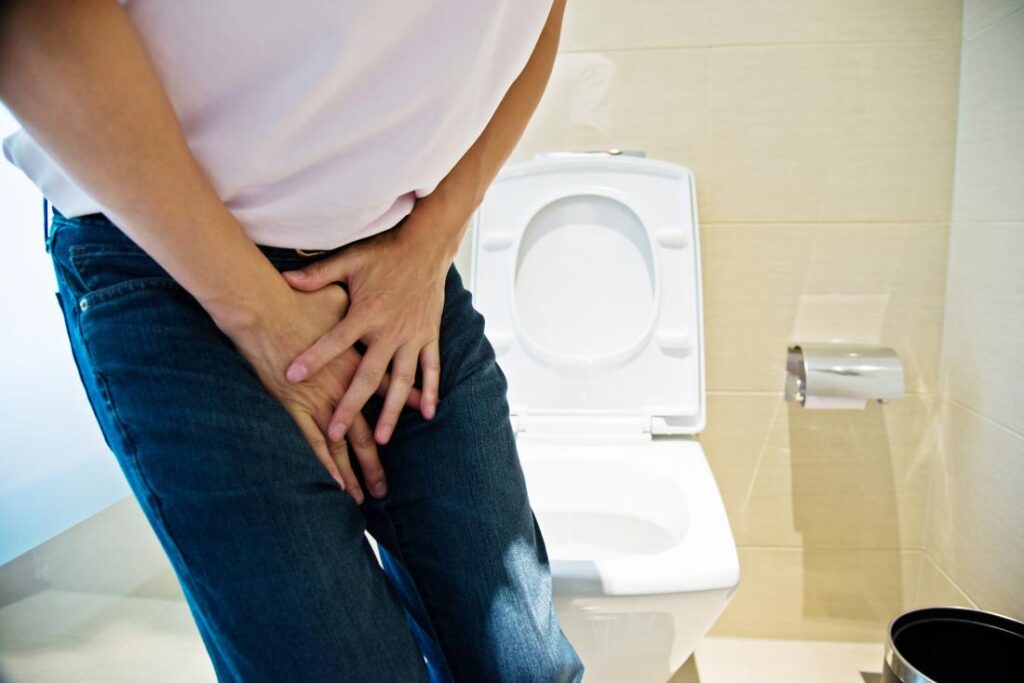
Consult with Healthcare Professionals
It’s essential to consult with healthcare professionals, such as doctors or urologists, to determine the cause and severity of urinary incontinence. A healthcare provider can recommend appropriate treatments and management strategies.
Stay Hydrated, but Manage Intake
While staying hydrated is crucial for overall health, managing fluid intake, especially before bedtime, can help reduce the frequency of nighttime incontinence.
Pelvic Floor Exercises (Kegels)
Pelvic floor exercises, commonly known as Kegels, can strengthen the muscles that control bladder function. Regular practice may improve urinary control.
Maintain a Healthy Lifestyle
Healthy lifestyle choices, such as maintaining a balanced diet, managing weight, and avoiding smoking, can contribute to better overall bladder health.
Use the Right Products
Choosing the right incontinence products based on individual needs is crucial. Products with varying absorbency levels and styles provide flexibility and comfort.
Manage Stress and Anxiety
Stress and anxiety can exacerbate urinary incontinence. Managing stress through relaxation techniques or counseling may positively impact incontinence symptoms.
Plan Ahead for Travel or Outings
Individuals with urinary incontinence may benefit from planning ahead when traveling or going out. Carrying extra supplies, such as pads or diapers, ensures preparedness.
FAQ
Should I change my pad every time I pee?
Yes, it’s advisable to change your pad every time you pee to maintain hygiene and prevent discomfort. Pee can saturate the pad and may lead to leaks if not changed regularly.
Do pee pads work for periods?
Pee pads are not designed for periods. They lack the necessary features to effectively absorb and manage menstrual blood. It’s recommended to use pads specifically designed for periods.
How much urine can a pad hold?
The capacity of urine a pad can hold varies, but it’s generally limited. Pads designed for urinary incontinence have higher absorbency than period pads and are more suitable for managing urine.
How much liquid can a pad hold?
The liquid-holding capacity of a pad depends on its design and purpose. While period pads are designed for menstrual flow, incontinence pads can hold a higher volume of liquid.
Can you wear a pad for 8 hours?
Wearing a pad for 8 hours is generally acceptable for managing menstrual flow. However, it’s essential to change it sooner if it becomes saturated to maintain freshness and prevent leaks.
Is it normal to use 5 pads a day?
Using 5 pads a day is within the normal range for many individuals during their menstrual cycle. However, the number may vary based on individual flow intensity and preferences.
What is the heaviest day of your period?
The heaviest day of the period is typically the second day, but this varies among individuals. It’s crucial to use an appropriately absorbent pad or menstrual product on heavier flow days.
Final thoughts
Period pads are not designed to effectively hold pee. For managing urine, it’s recommended to use products explicitly designed for that purpose, such as adult diapers or incontinence pads, to ensure better protection and comfort. Understanding these distinctions helps individuals make informed choices for their hygiene and well-being.

